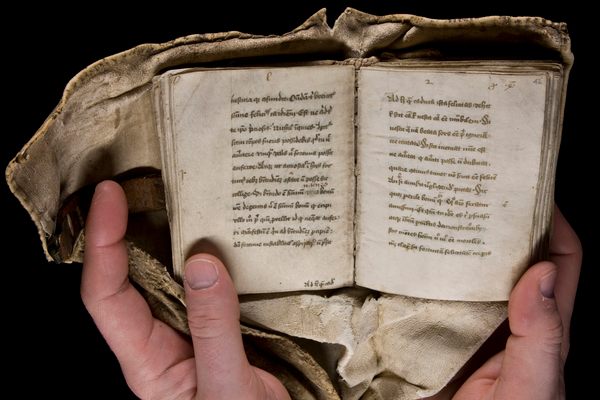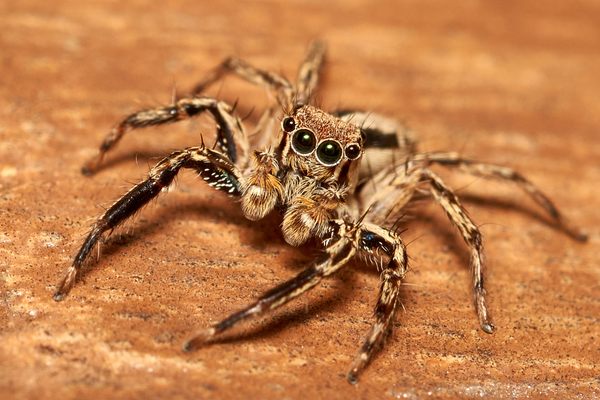Around 5,000 Years Ago, People Performed Brain Surgery on This Cow
The question is: Why?

For at least 7,000 years, and very possibly longer, humans have been drilling holes in one another’s skulls. Trepanning, as it’s technically known, today appears mostly in treatment for intracranial diseases or to release pressured blood buildup from an injury. In its earlier forms, it was variously used to ease head injuries and mental disorders, or to release any backed-up evil spirits that might have collected there. (It’s also occasionally been employed as a way to induce a constant, if mild, high.)
But around 5,000 years ago, in what is now France, humans drilled into a skull that belonged not to another person, but to a cow. Why they did it isn’t clear—whether it was an attempt to save a sick animal, or an opportunity for a surgeon to hone their skills on domestic animals before moving on to human patients. These questions, and others, are considered in a new study published today in Scientific Reports.
First pulled from the ground in 1999, the skull was found at a Neolithic site called Champ-Durand, around 80 miles south-east of Nantes. At first, archaeologists thought little of the punctured skull, declaring it likely the product of a fight with another horned creature. But this reanalysis, by the paleontologists Alain Froment and Fernando Ramirez Rozzi from the French National Center for Scientific Research, comes to a more exciting conclusion: The skull may be the earliest known example of a surgical procedure performed on an animal.
That, the researchers say, is the story told by the hole. Puncture wounds from traumatic blows usually display signs of shock—splintered bone, for instance, or fracturing around the incision. Instead, this is clean-edged and sharp. Whoever made this hole did so with surgical precision. There’s no evidence of healing, either, the report says. “The animal did not survive the injury or was killed shortly afterwards,” the authors write, “or the trauma occurred once the animal was already dead.”
Which option is more likely is hard to say. Incredibly, people seem to have been quite good at trepanning even in a time before antibiotics or anesthetic, with a remarkable number of ancient skulls showing signs of partial or complete healing. The cow may have been a casualty of developing those skills, or a failed attempt to apply them to a whole other species, in which case it could be considered a very early predecessor to modern veterinary science.






























Follow us on Twitter to get the latest on the world's hidden wonders.
Like us on Facebook to get the latest on the world's hidden wonders.
Follow us on Twitter Like us on Facebook